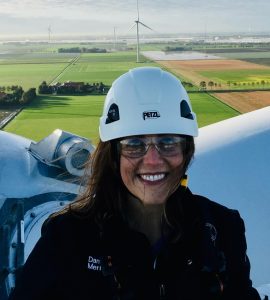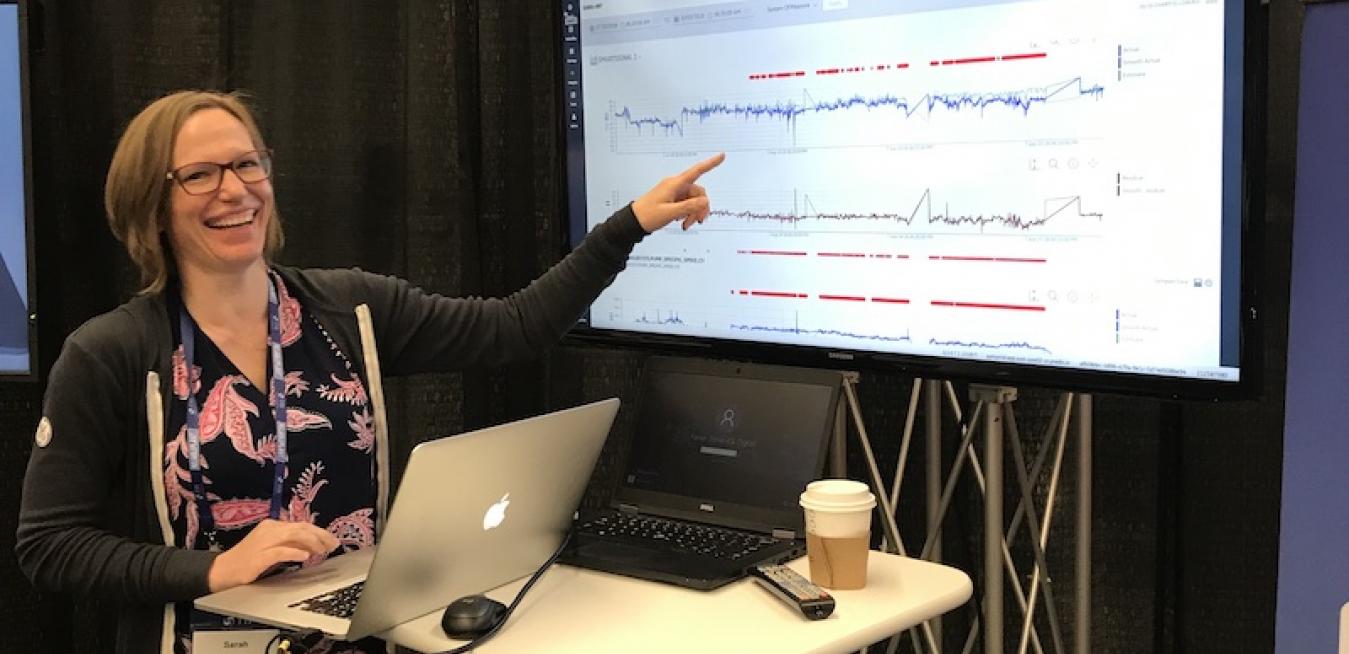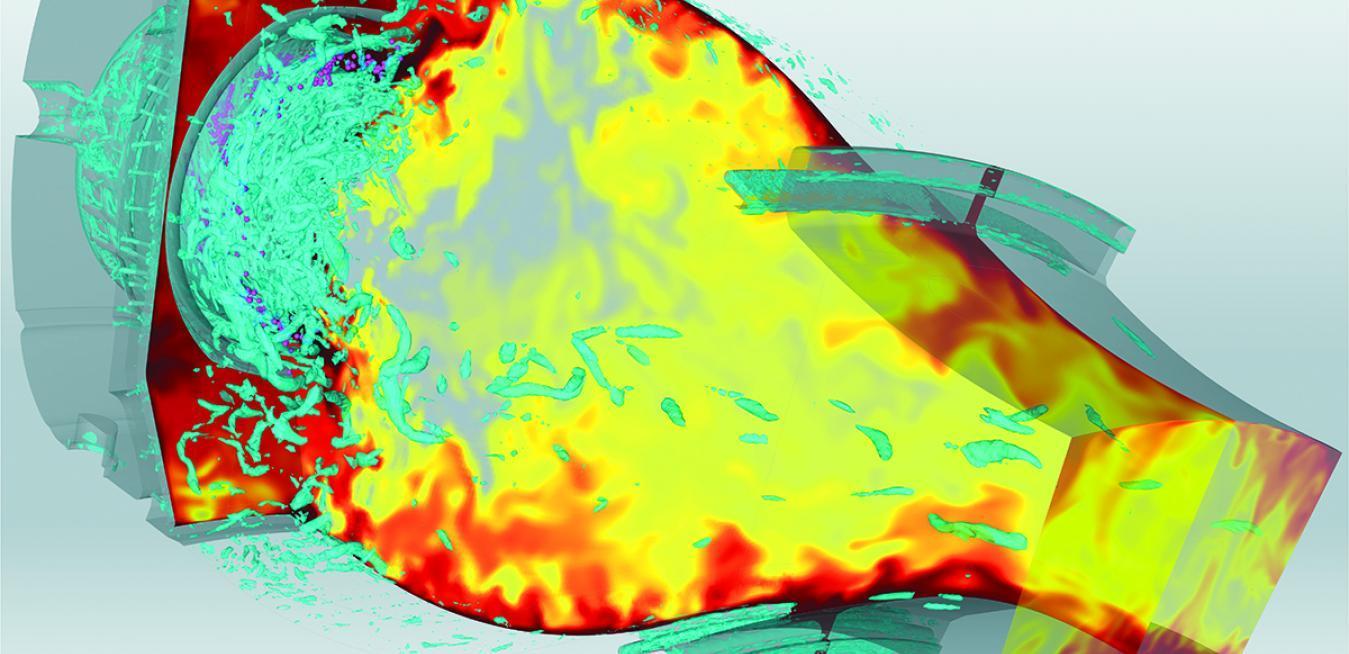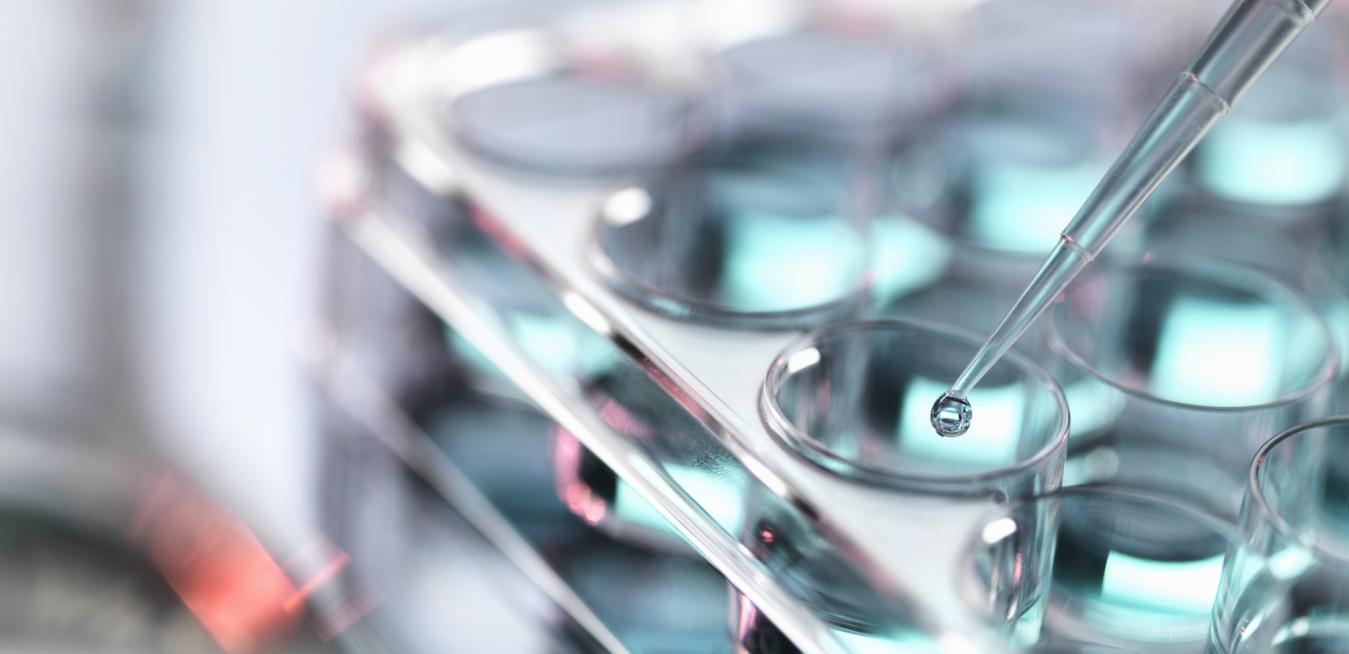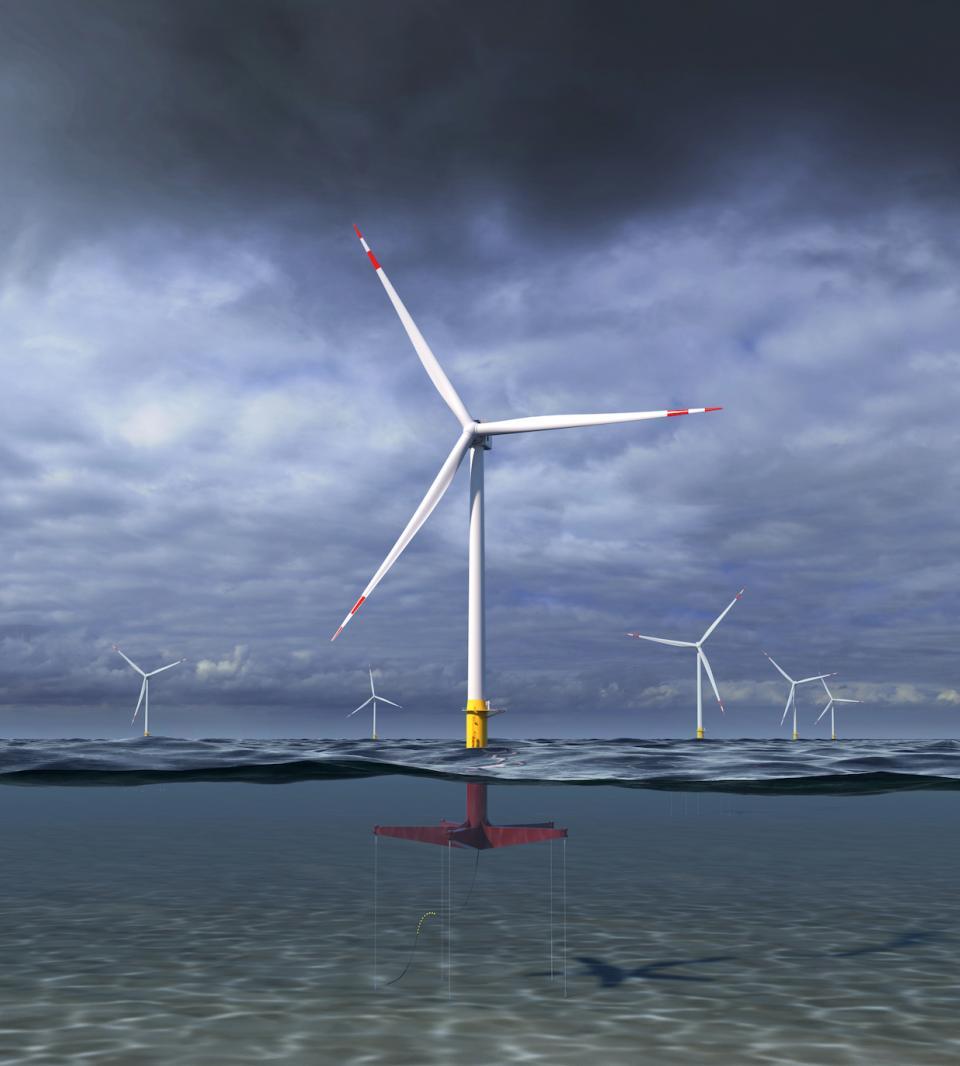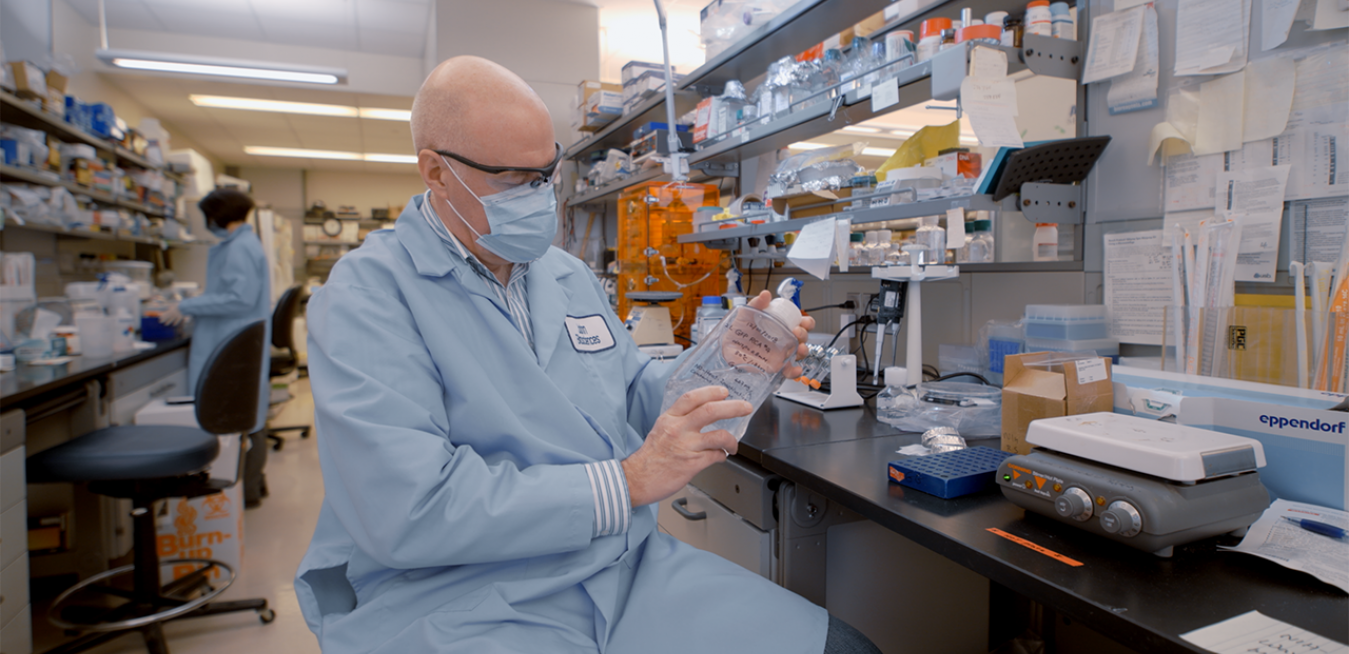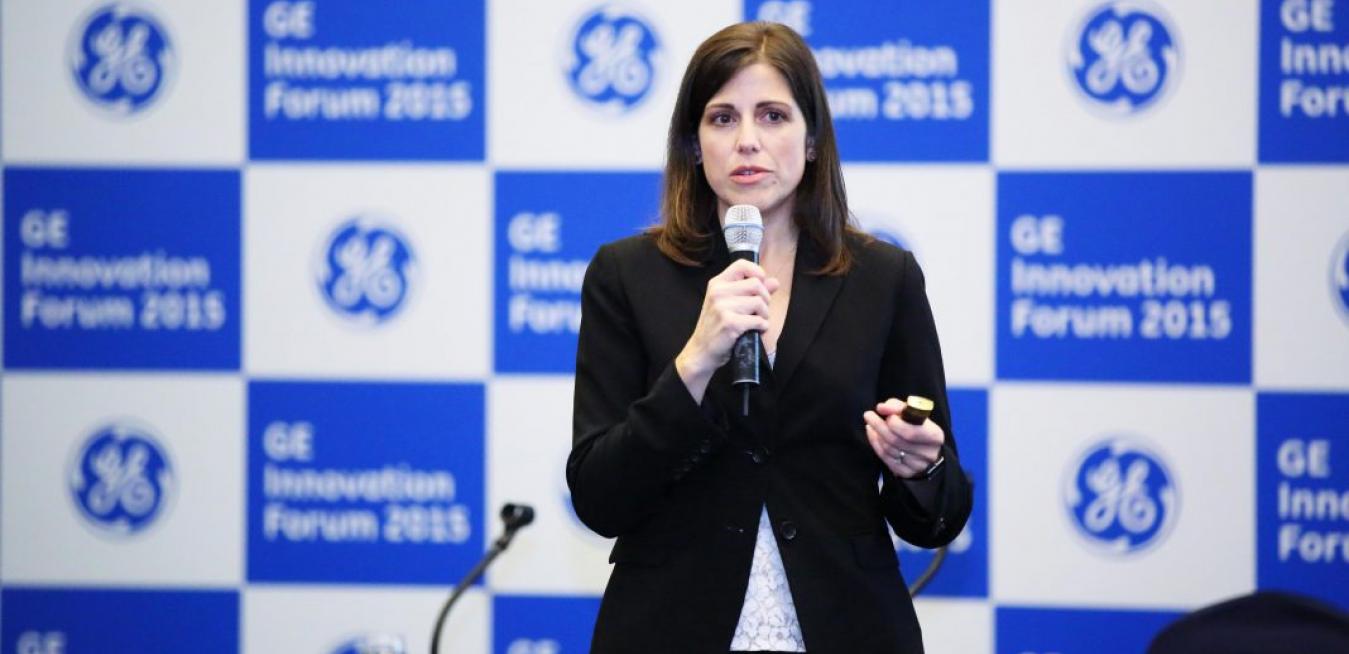News and insights from Vietnam
Travis Harper’s life has always been full of planes. Growing up two blocks away from Midway Airport on the south side of Chicago, there always seemed to be a jet landing over his family home. “Throughout my childhood, I was fascinated with aviation," he says. "I would watch the planes take off and land and imagine having the opportunity to travel and experience the world.”
The scene of an emergency can be rife with uncertainty, and the last thing first responders need to worry about is whether it’s safe to be there. That’s why scientists at GE Research have started working on a small detector designed to sniff out dangerous chemicals and sound a warning.

GE is working with its national partners to test a full-size turbine blade tip made from low-cost thermoplastic skin reinforced with a 3D-printed, skeleton-like structure. Image credits: LM Wind Power.
Julia Casey is a biochemical engineer by training, but she is also a dealmaker at heart. “I like doing deals,” says Casey, who serves as general manager of GE Healthcare’s Pharmaceutical Diagnostics Molecular Imaging business. “I like dealing with startups and thinking how we can leverage their skills and bring them in so we can really see the benefits of everything they’ve done, and the market and the patients can see the benefits of everything they’ve done.”
Over the past 20 years, wind power has become an important component in America’s renewables mix. Wind farms have sprouted in many parts of the country, and now they are starting to move offshore. Just two weeks ago, for example, the U.S.
GE and the Global Manufacturing and Industrialisation Summit (GMIS) have announced a partnership to explore the role of digitization, lean manufacturing, and workplace safety to support the transformation of manufacturing and economic regeneration both in the United Arab Emirates and globally.
Standing in a lab on the GE Research campus in Niskayuna, New York, John Nelson holds up a sample of synthetic DNA inside a vial that is small enough to fit comfortably between his thumb and forefinger. Nelson, who has worked as a senior principal scientist at GE Research for the last 24 years, says there’s enough synthetic DNA inside that half-gram vile to produce an estimated 5,000 vaccines. “It took us under a day to produce this,” he says.

